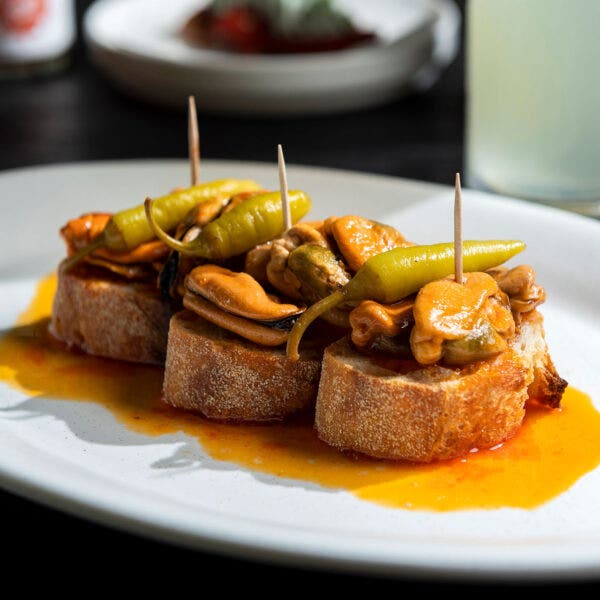What is Muscadet
Muscadet is a dry white wine from the Loire Valley region in France and is named for the area the wine is grown. The area is in the most westerly region of the Loire, on the Atlantic coast of Brittany, and is the largest white wine appellation in France.
The Loire is best known for the Sauvignon Blanc-based wines of Sancerre and Pouilly-Fumé, and perhaps the Chenin Blanc-based wines of Vouvray and Savennières, but it’s Muscadet that tops the table regarding production volumes. Muscadet wines are made from a relatively neutral white grape called Melon de Bourgogne. It’s important to distinguish Muscadet wines from the grape variety Muscadelle—a white grape from Bordeaux—and Muscat, a large family of grapes known to produce aromatic wines with distinctive grape aromas.
Muscadet wines are produced across four different appellations. Entry-level wines, known simply as Muscadet, are produced within the basic appellation, which covers the entire wine-growing region and is dedicated exclusively to the production of crisp white wines from the Melon de Bourgogne grape. The most important appellation is Muscadet Sèvre et Maine, whose name comes from the two rivers that flow through it. More than two-thirds of total Muscadet production comes from this appellation, which produces more wine than any other appellation in the Loire Valley. The other Muscadet appellations are Muscadet Côtes de Grandlieu in the southwest and Muscadet Coteaux de la Loire in the east.
A number of specific vineyard sites, or crus, were established in 2011. These crus, including Le Pallet, Clisson and Gorges, have been identified as examples of premium and distinctive terroir, and mark something of a move towards quality in a region better known for commodity wines.
Many Muscadet wines are produced Sur Lie, a French term that means “on the lees.” This is a maturation technique whereby the wine is kept in contact with its lees—dead yeast cells—after the process of alcoholic fermentation takes place. Extended contact with the lees can add texture and yeasty biscuit flavors. Other techniques like barrel fermentation and stirring the lees can also make for more flavorful and interesting Muscadet wines. Many Muscadet Sur Lie bottlings benefit from some bottle aging, though still largely intended for short- to medium-term consumption, and not long-term cellaring.
The flavor profile of Muscadet wine can vary from very neutral to tangy and saline. Basic Muscadet wine is light in body and light in flavor, and may have a little spritz. Higher quality examples lean more towards a tangy saltiness and notes of flinty minerality, with a smooth texture and friendly, approachable nature.
Interested in tasting your first Muscadet wine, or trying a new type? Use Wine Enthusiast’s online Buying Guide below to find reviews and ratings on the best brands, tested by our professional wine tasters.











